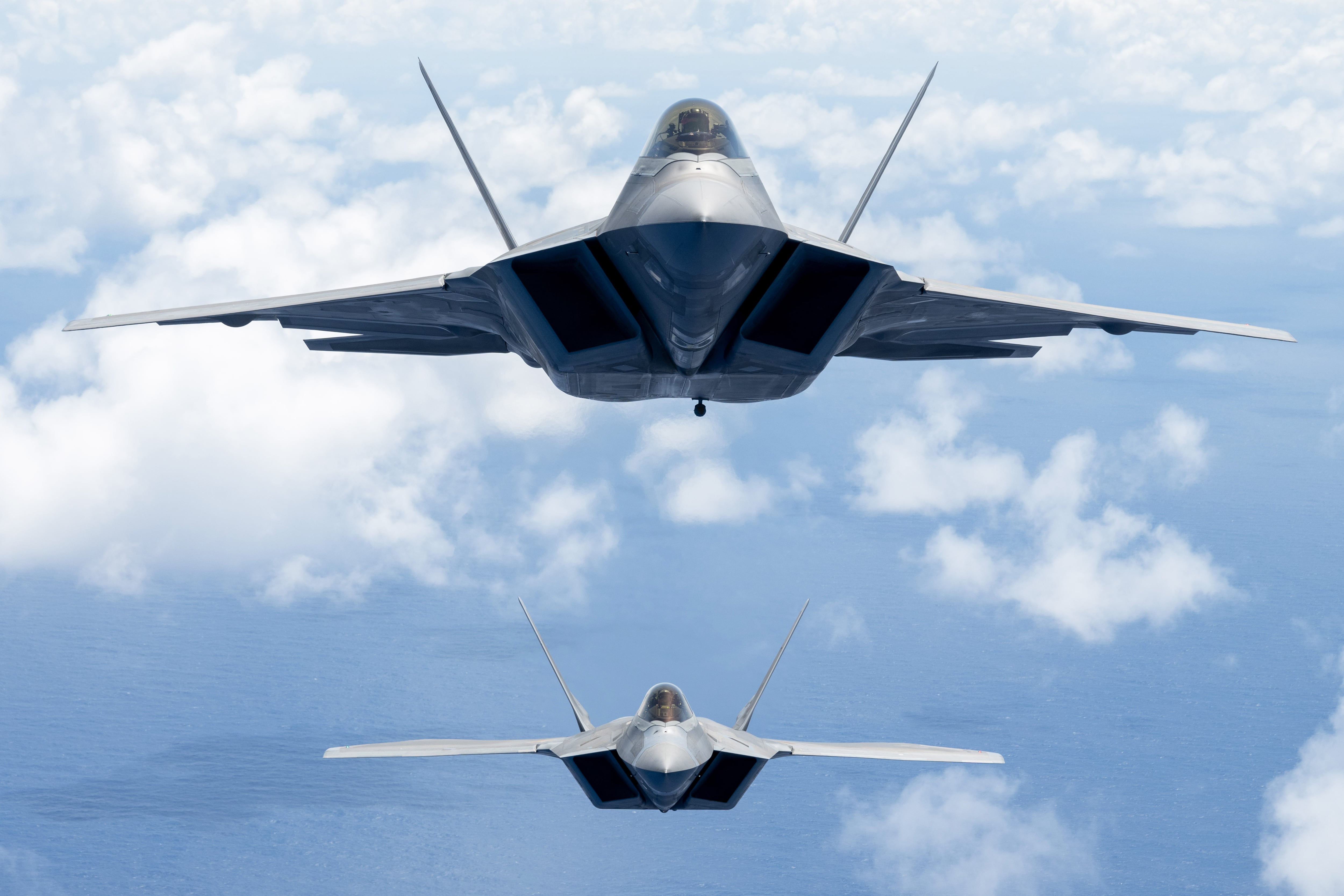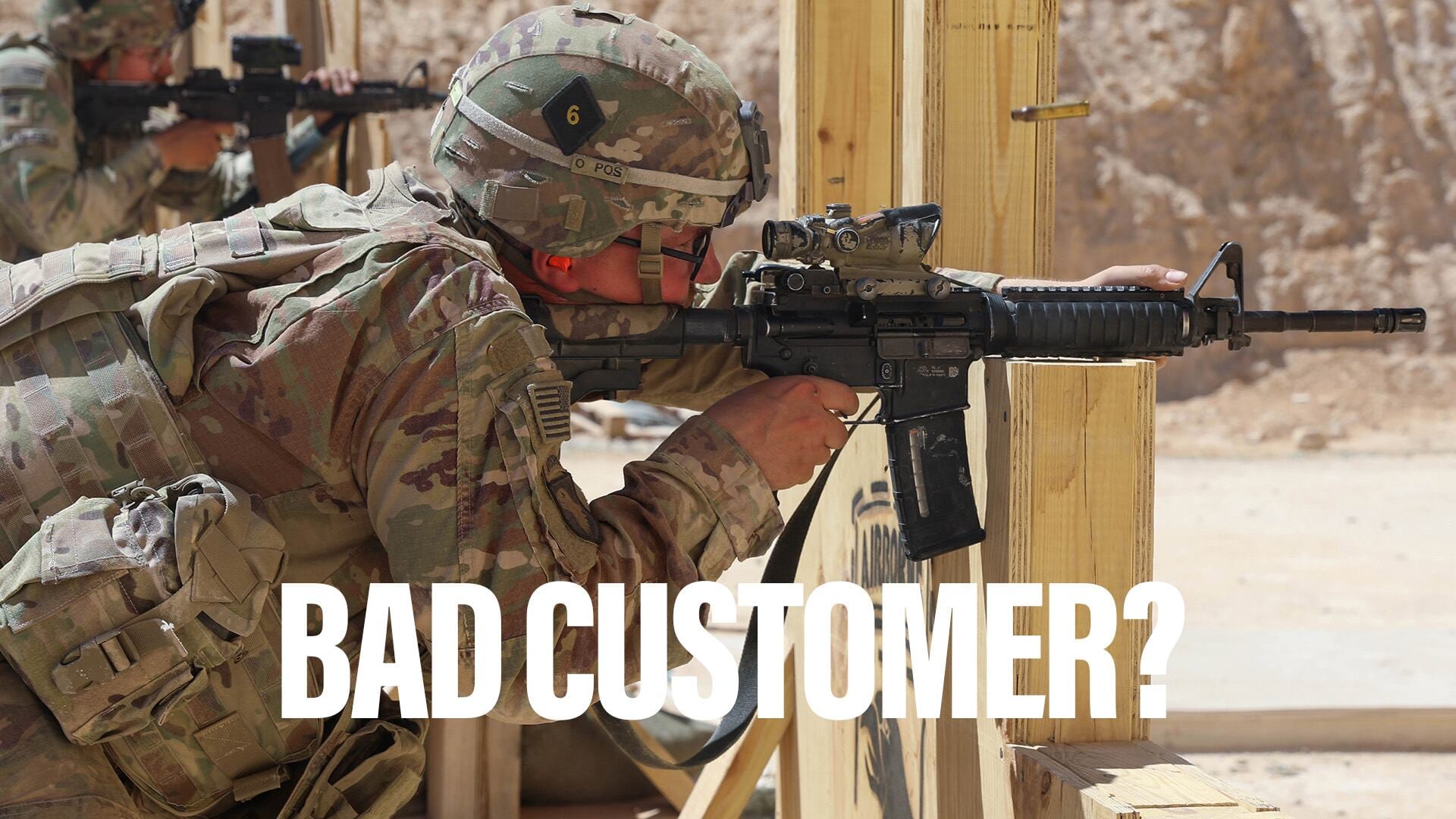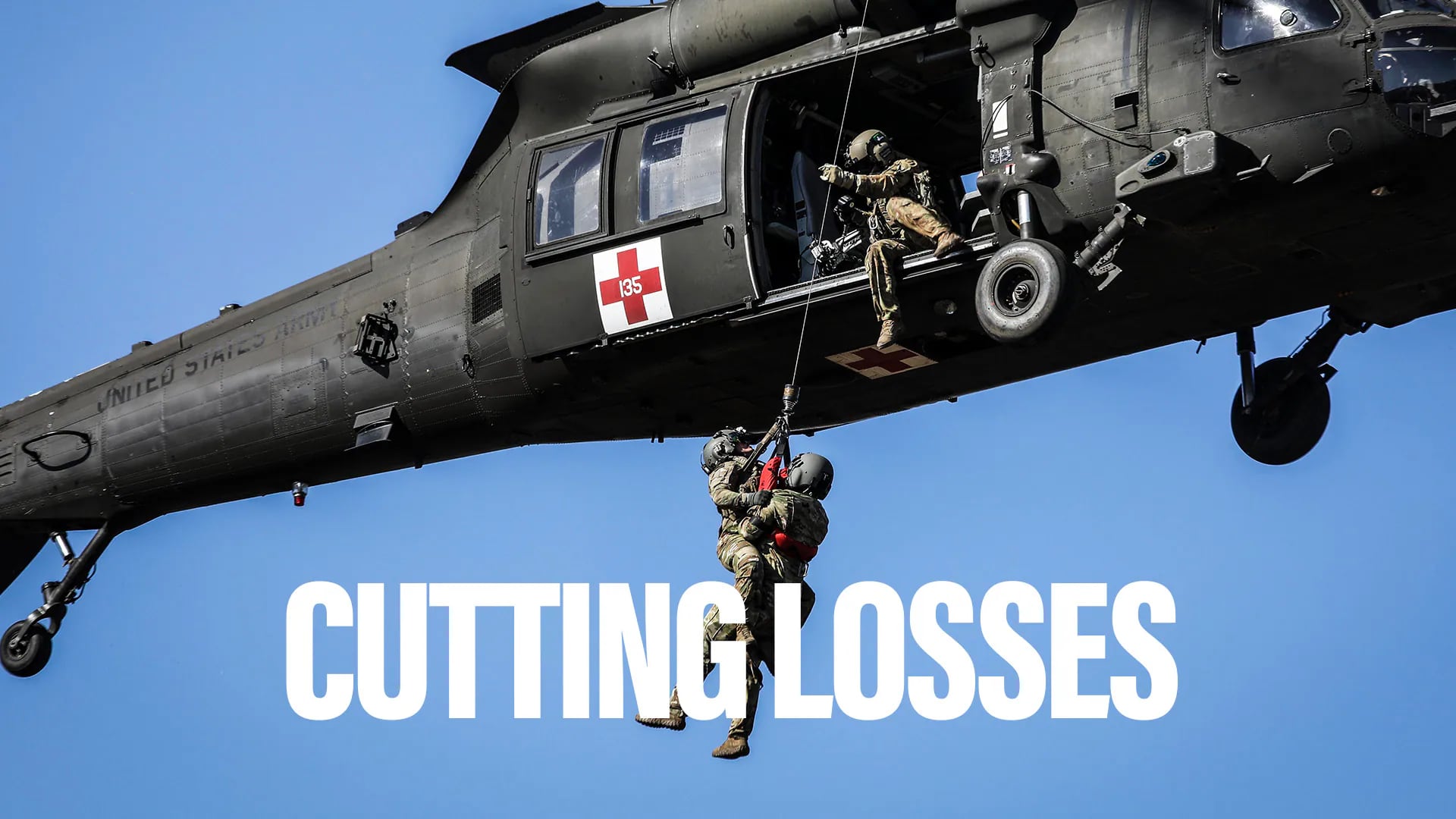Maj Gen John N.T. "Jack" Shanahan is the commander of 25th Air Force, Joint Base San Antonio-Lackland, Texas. Formerly the Air Force ISR Agency, also under Shanahan's command, the 25th Air Force stood up Sept. 29 and was realigned under the Air Combat Command. For the first time in the Air Force, there is an organization that combines the collection and analysis of ISR with the aircraft that fly the missions. The 25th Air Force gained three additional wings, and is now one of the largest numbered air forces in the service with about 26,000 personnel.
Shanahan spoke to C4ISR & Networks Editor Barry Rosenberg about the rationale for the new Numbered Air Force (NAF), and its future missions.
Take me back to the discussions that led to the rationale for creating the 25th Air Force.
SHANAHAN: The chief and the secretary of the Air Force were concerned that we were not presenting forces in a way that looked like how we present forces in any other mission or any other domain in the Air Force. We were a direct report to the deputy chief of staff for ISR on the Air Staff. That is not normally how we present forces and fight in airspace and cyber space in the Air Force. So the question that Chief of Staff Gen Mark Welsh had was, 'How do we rationalize the management of ISR and cyber in the Air Force?' The cyber piece was a separate, very related discussion when it came to ISR.
RELATED:
Air Force ISR agency to become numbered Air Force
To me, the Air Combat Command is the natural home for us. Culturally, we have some work to do for a command down here (in Texas) that has for 66 years been Major Command-like in its operations and that is now a Numbered Air Force. I will tell you that I am extremely happy with being a Numbered Air Force.
If you were to poll 100 airmen of any type across the Air Force and ask them what AFISRA [Air Force ISR Agency] was, I am guessing one might know what the acronym stood for. But, for a time, when you say 25th Air Force, they may not know all the details but they will say, 'I know that; that is that ISR-focused NAF.' That is important to me, and now we are at the table with the other Numbered Air Force commanders in the Air Force. That is a significant difference than the last time we tried this, where they put the then-Air Intelligence Agency as a subordinate to a Numbered Air Force, subordinate to Air Combat Command. There was too much else going on in terms of priorities. It just did not work last time.
Now that explains the command structure. What are the particular benefits and the value in creating the 25th Air Force by bringing together the platforms, the sensors and the analysis?
SHANAHAN: Let me start answering that question by telling you I just got back from a four-day immersion to one of the new wings under 25th Air Force — the 9th Reconnaissance Wing. It becomes clear when you visit a place like Beale [Air Force Base, Calif.] and you see the 9th Reconnaissance Wing with a DCGS enterprise there [under the 480th ISR Wing, which is part of the 548th ISR Group], and see them working day to day in this incredible integration of partnerships, ISR, backend and the platforms. It is so powerful that it drives home one of the chief's main objectives of this reorganization, along with Gen. (Michael) Hostage and the secretary, which is a vision of 1-800-ISR.
There are too many places where we have to bring in people and talk about ISR. It will take us time to get there; I don't claim for a second that on 30 September we became 1-800-ISR, but as a vision that is what we are all reaching for. And when we bring the platform, the backend, the processing, exploitation and dissemination (PED), the analysis, and now the targeting piece, as well — let me get to that just in a second — it puts it all under one Numbered Air Force and under one Major Command commander who has a very powerful voice at the resource table in the Air Force.
The 9th and 55th Wings are now part of 25th Air Force. The Air Force targeting center at Langley will also come under the 25th, but what we are waiting for is to actually stand up a new wing. The targeting center will be a group in that wing. The second group in that wing will be an analysis-focused group, which will have both analysis and targeting focusing on, as we say, Blue Four — that wingmen in a four-ship formation that needs to know about the threats they are facing, any combat operations, all the way to high-end battle damage assessment.
Why Blue Four specifically?
SHANAHAN: Think of a four-ship flight of Strike Eagles or F-16s; the fourth person in the flight is usually more junior. We need to help that Blue Four individual, who may be a lieutenant. We need to help them understand what intelligence assets and capabilities are available to them, and focus on that person more than we have been able to do in the past. It has been hit or miss. Unit-level intelligence has been spotty and it is where we need to focus, because I can tell you all day long about this wealth of national level SIGINT information that is available. That lieutenant, however, never understands that, because we don't do our best job of educating all that is available.
So that is the analysis part of this new wing, and then targeting really speaks for itself, although, what I will emphasis is: How do we begin to integrate kinetic and nonkinetic targeting? Kinetic is easy to understand. Once you drop a weapon somewhere, what do I need to do in the background to come up with a coordinate? Now I bring in the nonkinetic … the cyber part of that, the space part of that, the network analysis part. So the term you will hear more and more in the next few years is 'target systems analysis,' just like the special ops world has been doing for many years, just building an analysis of the network that we are facing. Why not do this beyond just the high-value individuals? Now there is so much more available to study about that network of networks. That is where the targeting analysis focused-wing will be value add.
So [we have] the 9th Wing and 55th Wing with U-2s, Global Hawks, MC-12s and RC-135s, plus the E-4 and Compass Call; now we bring in target analysis. There is the power.
Is one of the rationales for the establishment of the 25th Air Force due to the changing nature of ISR and the need to operate in contested environments? Are the two connected?
SHANAHAN: They are unquestionably connected. We have a lot of thinking to do about how we operate in those environments, (specifically) how do we collect, disseminate and exploit in a contested, degraded environment? That is a question we are working through as we speak. And the more training opportunities we have at places like Red Flag will be extraordinarily helpful in learning how to fail before we learn how to succeed. We have not been able to take advantage of those high-end training opportunities because we have been tied up almost to the point of 100-percent committed when it comes to ISR for the last 13, 14 years of the conflict. We need those opportunities to train in that high-end environment, and the fact that we can put the platforms and sensors and PED together in one Numbered Air Force helps us tackle that problem. That will be more than we have done with disparate, disconnected organizations.
That probably means you will be taking more advantage of virtual training opportunities.
SHANAHAN: We need more opportunities to train in those high-end environments. And we won't get all those opportunities; even as wonderful as the Nellis range air space and ground space is, it is not sufficient to really train some of our high-end special capabilities. So where can we do that? Gen Hostage has talked about a live/virtual construct. That is where we have to make sure we are spending resources to take live what we can do live, and for what we can't do live — for whatever reason, restricted capability or not wanting others to see what we might have of our special capabilities — do those in the virtual constructive environment. The architecture exists today, and it continues to get better.
I used to be the commander of the 505th Command and Control Wing, and one of the organizations I had underneath me ran virtual flags. The virtual flag is the future to me in terms of a live/virtual constructive environment where I can have an airplane flying live in Alaska and yet on its display in the cockpit perhaps seeing one live contact on his radar and one that was built in a constructed environment and displayed virtually. And he or she will not know the difference. Those are the capabilities that if we bring together in an integrated way, we can train in a far superior method than we have been able to do just in a live environment. We just do not have the resources to do it all live anymore.
The Air Force is not quite like any other service. We have always been 100-percent committed on its ISR capabilities to the joint force. We really don't hold anything back in reserve. Whatever we have back is the bare minimum to keep people trained and current qualified. If we have to go out and do a Red Flag, it is hard to be able to find enough airplanes and people to do that in the middle of what else is going on in the real world. Adversaries in Iraq and Syria are voting very vociferously right now and we are pretty engaged in ISR there.
What is the ISR situation in Syria today? Are there enough assets there to do a proper job?
SHANAHAN: Anybody would tell you, in any combatant command around the world, there is an insatiable demand for more ISR. The challenge in Central Command right now is that the Central Command commander has an internal balancing challenge; there isn't much more ISR to be had in the world. It is fully committed, with the exception of paying more money to, say, a government-owned contractor-operated option. So he has got a considerable number of ISR assets committed to Afghanistan. Both the command and the commander are working through what portions of ISR in Afghanistan should be realigned to operations in Iraq and Syria.
As you can appreciate, it is very much about intelligence, surveillance reconnaissance in both places — Iraq and Syria — as much as it has been in Afghanistan for a long time. The Joint Staff is looking very carefully about how to meet the Central Command commander's demand requirements for ISR. But we do have a significant amount committed in terms of the backend piece.
We are involved every single day, 24/7, in the processing, exploitation, dissemination since the president said to start flying in Iraq. So Syria is very high on the priority list for everybody; it is just a challenge of there never being enough ISR anywhere in the world. But I will tell you the secretary of defense and the chairman are working an option to increase the amount of ISR both in Iraq and Syria against the ISIL target.








